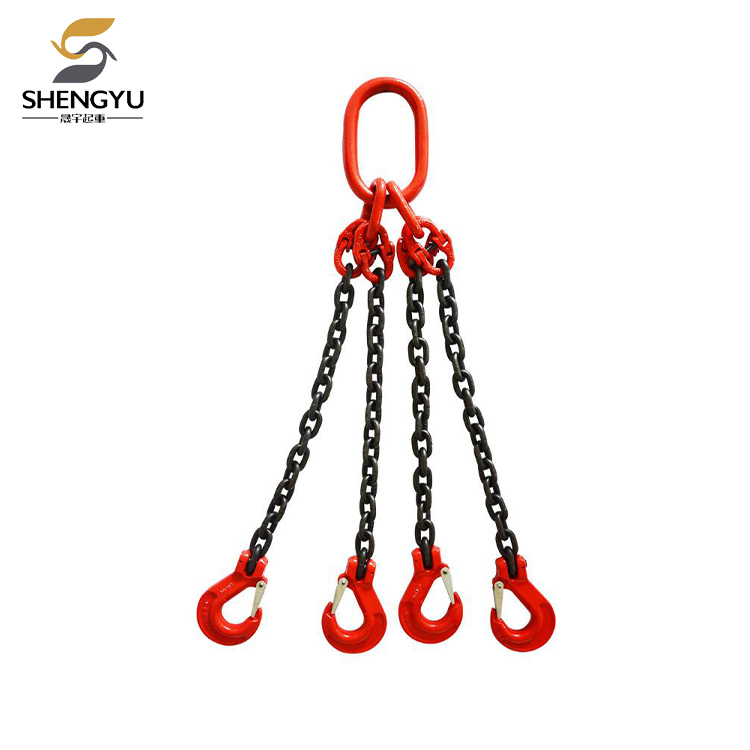Lifting Sling: Essential Equipment for Safe and Efficient Material Handling
2025-05-29
In industries such as construction, manufacturing, and logistics, lifting heavy loads safely and efficiently is a critical task. Lifting slings play a vital role in this process, providing a reliable means to lift, move, and secure materials of various sizes and weights.

What is a Lifting Sling?
A lifting sling is a flexible strap or rope designed to attach to a load and a lifting device such as a crane or hoist. The sling distributes the weight of the load evenly, allowing it to be lifted and moved safely without causing damage to the material or risking accidents.
Types of Lifting Slings
Webbing Slings
Made from high-strength synthetic fibers like nylon or polyester, webbing slings are lightweight, flexible, and resistant to abrasion. They are ideal for lifting delicate or finished surfaces since they minimize damage.
Wire Rope Slings
Constructed from steel wires twisted into a rope, these slings are extremely strong and durable, suitable for heavy-duty lifting and harsh environments.
Chain Slings
Made of alloy steel links, chain slings provide excellent strength and heat resistance. They are commonly used in industries requiring heavy loads and high-temperature conditions.
Round Slings
Comprising continuous loops of synthetic fibers encased in a protective cover, round slings are flexible, strong, and less likely to damage loads.
Advantages of Using Lifting Slings
Versatility
Available in various materials and configurations to handle different types of loads safely.
Load Protection
Soft materials like webbing and round slings prevent scratching or denting delicate surfaces.
Strength and Durability
Designed to withstand heavy weights and tough working conditions.
Safety
Proper use of lifting slings reduces the risk of accidents and injuries during material handling.
Important Considerations When Using Lifting Slings
Load Capacity
Always select a sling rated for the weight and type of load to avoid failure.
Inspection and Maintenance
Regularly check slings for wear, fraying, corrosion, or damage and replace them when necessary.
Proper Rigging Techniques
Ensure slings are correctly attached and balanced to prevent slipping or load shifting.
Environmental Factors
Consider exposure to chemicals, heat, or sharp edges that may degrade sling materials.
Applications of Lifting Slings
Construction sites for moving beams, pipes, and heavy equipment.
Warehouses and shipping yards for loading and unloading cargo.
Manufacturing plants for handling machinery parts and assemblies.
Marine industries for lifting boats and heavy marine equipment.
Conclusion
Lifting slings are indispensable tools in material handling, combining safety, efficiency, and versatility. By choosing the right type of sling and following proper usage guidelines, industries can ensure smooth operations and protect both workers and valuable materials.


